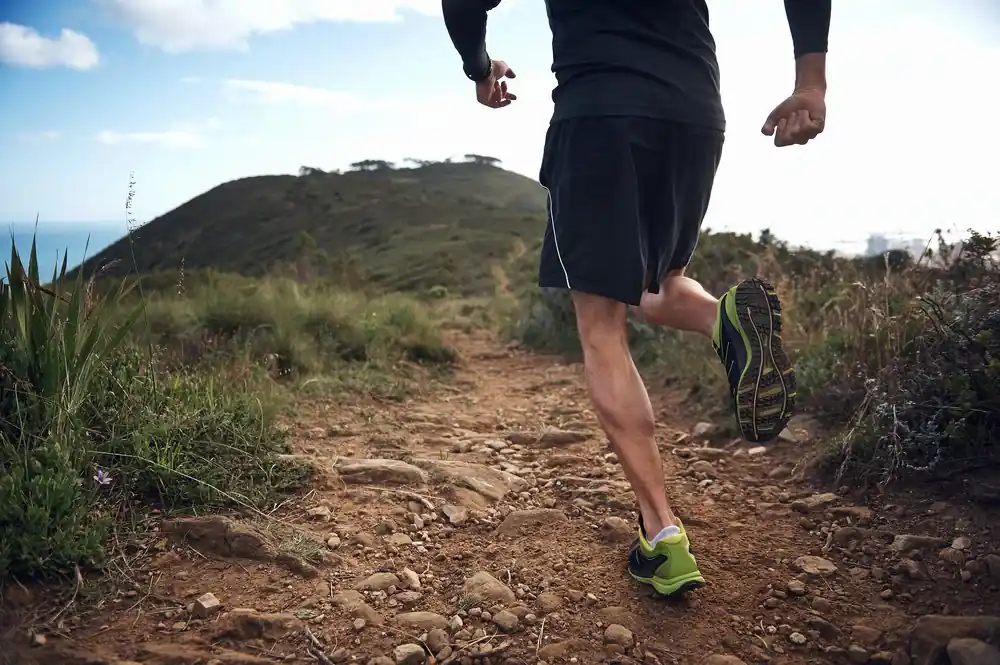
2025-05-09T09:35:00+00:00
How to Treat Achilles Tendinitis and Get Back on Your Feet in Lititz, PA
Discover Achilles tendinitis treatment, recovery time, pain relief, and the best physical therapy options. Find a trusted do…
Our Recent Blogs
Flat Foot Reconstruction in Lancaster, PA vs. Non-Surgical Treatment Options
2025-04-28T11:01:00+00:00
5 Common Symptoms of Flat Feet That Residents in York, PA Shouldn't Ignore
2025-04-21T10:11:00+00:00
How to Know If Flat Foot Reconstruction is the Right Solution for You
2025-04-16T13:49:00+00:00
Custom Orthotics Explained: Your Path to Lasting Foot Pain Relief and Better Movement
2025-03-31T13:53:00+00:00
Pain-Free Feet Start Here: The Transformative Power of Custom Orthotics
2025-03-28T07:27:00+00:00
Custom Orthotics for Foot Pain Relief: How They Help
2025-03-28T07:16:00+00:00
Steps to Healthier Feet: Lifestyle Changes to Prevent Diabetic Neuropathy
2025-03-03T15:22:00+00:00
The Importance of Regular Foot Exams and Monitoring for Diabetic Neuropathy
2025-02-24T12:56:00+00:00
How Diabetic Neuropathy Affects Your Feet and How to Manage It
2025-02-17T11:15:00+00:00